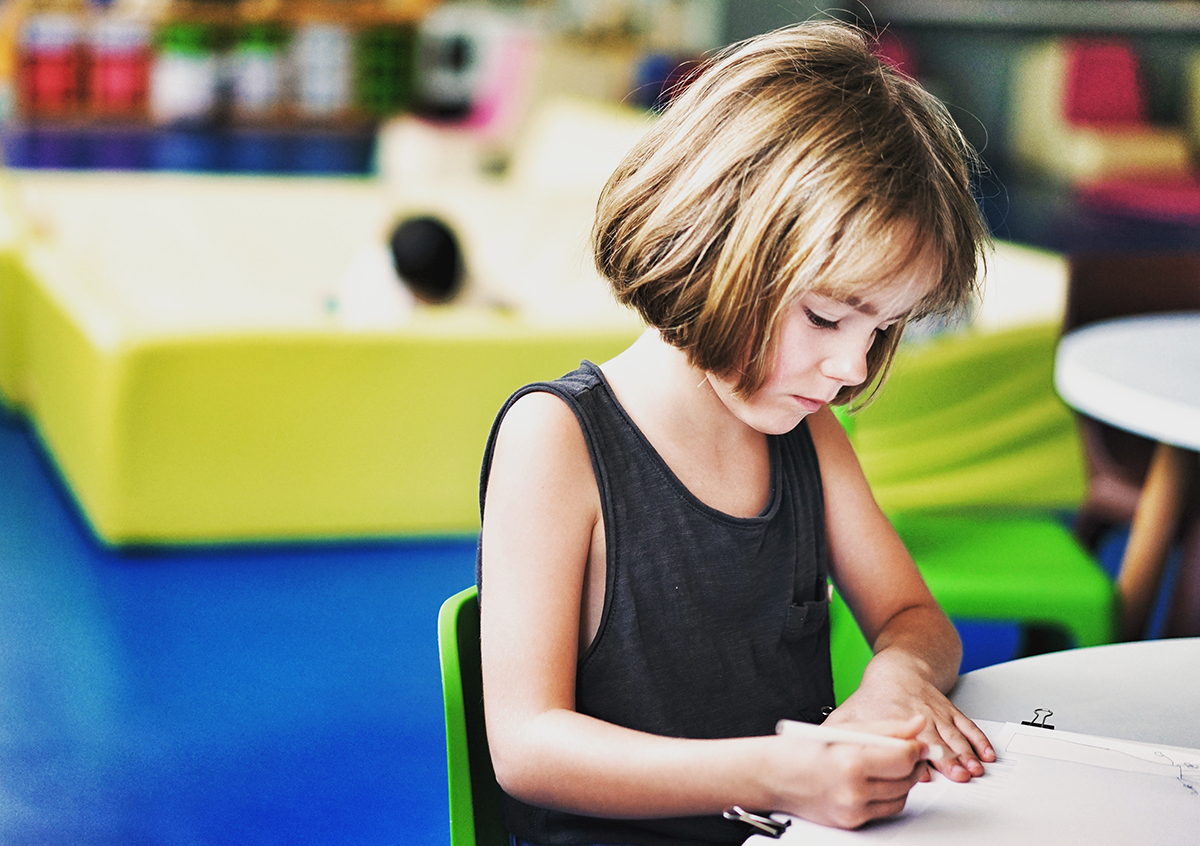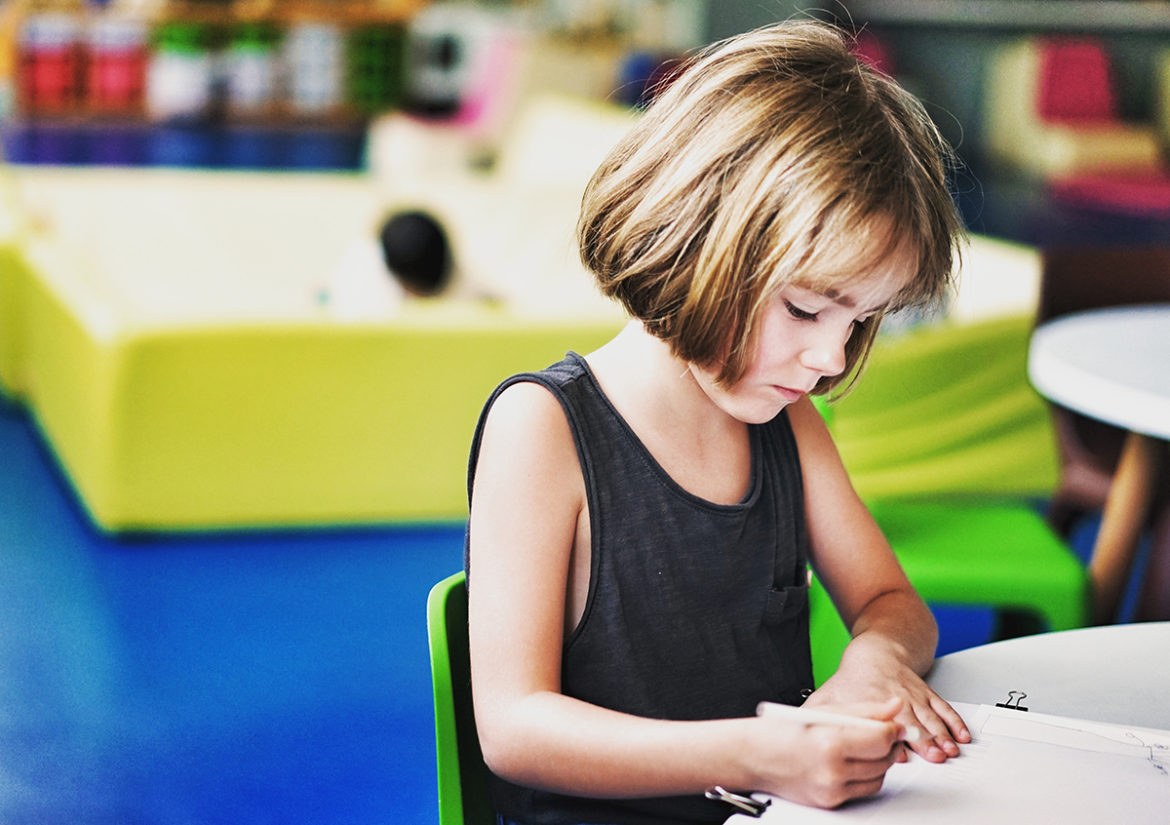
Creating A Community Within Your Classroom
While going back to school is exciting for many kids who may have spent their summers missing their closest friends, returning to school can also be devastating for kids who don’t view their school as a safe space. No parent, teacher, or administrator ever wants to see their children/students get hurt – mentally, emotionally, or physically –– and managing a room of adolescents may seem like an impossible challenge in those initial weeks.
After all, back to school week is a double-edged sword. On one side you have the opportunity to prove to students that you are in control. You want to be assertive and lay down classroom rules so that the school year is productive. When students don’t think of you as the person “in charge” their attention wanders, often leading to disruptive behavior. On the other side, this is your first chance to connect with students and show them that they can come to you if there is a problem or if they have concerns. Finding the right balance between “leader” and “friend” may require a little trial-and-error but connecting with students and creating a positive “community” is vital in those first few days.
When Bullying Threatens Your Community
Bullying is defined as “unwanted, aggressive behavior among school aged children that involves a real or perceived power imbalance.” Bullying is not a one-and-done problem. Generally, bullying is an ongoing behavior that can stretch for the duration of the school year, or longer, if the problem is not properly handled. Unfortunately, there is no single solution to bullying. Every situation is different and your response should be tailored to fit that specific scenario. Acting quickly and consistently to bullying within your classroom tells students that it is not acceptable behavior. Every teacher should take the time to discuss bullying prevention, reinforcing the idea that your classroom is a “safe space”.
“As kids, our experiences shape our opinions of ourselves and the world around us,
and that’s who we become as adults.” – Chris Hemsworth (Actor: Thor, Avengers)
Elementary school is the ideal time to begin teaching the importance of bullying prevention because this is the time when students are discovering who they are and what they want in life. This is the age where students begin to model themselves after their idols, from TV icons to athletes to their parents or relatives. They develop personalities and become self-aware. Many experience a newfound desire to “belong”. They form friendships that both positively and negatively impact their social growth. Discussing bullying can be challenging so it is important to understand what bullying is and how students get caught up in it.
StopBullying.gov is a great resource for adults trying to understand how bullying occurs in this day in age. Cyber bullying, for example, is an increasing problem as technology continues to advance, giving kids new platforms to bully other students on like Facebook, Instagram, and Snapchat.
The Bare Basics Of Bullying
Here are a few concepts to keep in mind when creating a bullying prevention plan for your classroom:
There are three types of bullying:
- Verbal which includes verbal or written teasing, name-calling, taunting, threatening, or making inappropriate comments.
- Social which includes damaging someone’s reputation or relationships by intentionally singling them out and ostracizing them, spreading rumors about them, publicly humiliating them, or getting others to stop being their friends.
- Physical which includes hurting someone by tripping, pushing, kicking, hitting, or pinching, or by damaging their possessions (such as glasses).
Students become involved in bullying in six ways:
- Those who bully others by engaging in any of the above behaviors to mentally, emotionally, or physically harm their peers.
- Those who are bullied.
- Those who assist in bullying through encouragement or participation.
- Those who reinforce bullying by laughing or watching it happen without stepping in.
- Those who neither reinforce bullying nor discourage it, but allow it to continue.
- Those who intervene on their peer’s behalf to defend or comfort them.
How Can I Help With Bullying Prevention?
As a child who’s been bullied, I understand what many students go through growing up. I want every classroom to have a positive climate for learning and to do that, I offer a Bullying Prevention Assembly where my goal is to create awareness, reinforce the fact that bullying is never acceptable, and do so without presenting this information in a dry, lecture-style format. My “No Bully Zone” assembly program educates and entertains students simultaneously. My goal is to empower students by teaching them that everyone can be H.E.R.O. All they need to do is:
Help each other.
Empathize with their classmates
Report bullying behavior.
Open Up to talk about it.
Staying silent, while definitely easier, is never the solution. In some cases, a bully may not recognize their behavior as “bullying” because of things they see, hear, or learn outside the classroom. The H.E.R.O. acronym is easy to remember so that students can help each other. This relieves teachers and faculty from some of that responsibility so they can focus on what they do best: teaching!
Help me help your students by booking my No Bully Zone assembly for your school this September. Call (716) 940-8963 to learn more!


